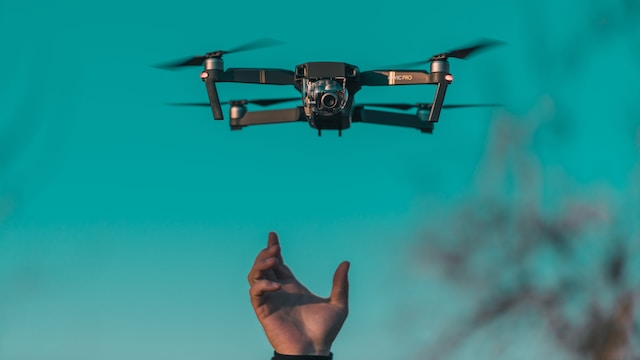As drones become more accessible and prevalent, the need for effective countermeasures to address potential security risks has become paramount. Counter-UAS technologies such as sentrycs.com offer law enforcement agencies the means to detect, identify, and neutralize unauthorized or malicious drones. These technologies range from costly and complex sensor-fusion approaches to simplistic manual solutions.
Detection and Identification of Unauthorized Drones
Counter-UAS systems have made significant strides in detecting and identifying unauthorized drones in real time. Law enforcement agencies can quickly locate and track drones in the airspace by employing advanced sensors such as radar, radio frequency scanners, and optical systems. This capability provides valuable situational awareness, allowing authorities to assess the threat level and respond accordingly.
Moreover, Counter-UAS technologies are enhancing their capacity to classify and identify different types of drones, their operators, and any associated payloads.
Mitigating These Unauthorized Drone Activities
Counter-UAS systems detect and identify unauthorized drones and offer effective mitigation strategies. By disrupting the drone’s communication systems, taking remote control, or deploying countermeasures like jammers or nets, law enforcement agencies can disable or neutralize unidentified drones without causing harm to surrounding areas or individuals.
These mitigation techniques are essential when drones pose a threat, such as during public events, critical infrastructure protection, or safeguarding sensitive areas. As Counter-UAS technologies continue to advance, the effectiveness of these mitigation measures improves, ensuring the safety and security of the public.
Integration of Counter UAS Technology in Law Enforcement
The future of Counter-UAS lies in its integration with existing law enforcement infrastructure and security systems. By sharing data with law enforcement surveillance cameras, access control systems, and command centers, Counter-UAS technologies enable a more comprehensive and coordinated response to unauthorized drone activities. This integration allows law enforcement agencies to understand the overall security landscape better and respond swiftly and effectively to potential threats.
- Conduct a thorough assessment of the law enforcement agency’s needs and challenges. Identify potential risks, vulnerabilities, and areas where Counter-UAS technology can provide the most value. This assessment should consider the agency’s jurisdiction, operational requirements, and existing infrastructure.
- Establish partnerships and collaborations with relevant stakeholders, including other law enforcement agencies, government entities, regulatory bodies, and industry experts. Collaborative efforts help share knowledge, resources, and best practices, enabling a more comprehensive approach to Counter-UAS technology integration.
- Develop clear policies and legal frameworks that govern the use of Counter-UAS technology by law enforcement. Ensure compliance with local regulations, privacy laws, and other legal considerations. Establish guidelines for the authorized use of Counter-UAS systems, data handling, and the protection of individual rights.
- Provide comprehensive training programs to law enforcement personnel on the operation and utilization of Counter-UAS technology. This training should cover threat detection, system operation, legal considerations, response protocols, and coordination with other agencies. Ongoing education ensures that officers are proficient and up-to-date with the latest advancements and techniques.
- Foster effective coordination and communication among law enforcement agencies within the same jurisdiction. Establish protocols for information sharing, joint training exercises, and standardized procedures for responding to UAS threats. Collaboration between agencies enhances situational awareness and enables a unified response to Counter-UAS incidents.
- Choose Counter-UAS solutions that integrate with existing law enforcement systems, such as command centers, surveillance networks, and communication platforms. Ensure that the selected technology is scalable to accommodate future needs and can be upgraded as new threats or advancements emerge.
- Regularly evaluate the effectiveness of Counter-UAS technology integration and its impact on law enforcement operations. Monitor emerging threats and advancements in the field to adapt and update countermeasures accordingly. Collect feedback from officers and stakeholders to identify areas for improvement and optimize the use of Counter-UAS technology.
Conclusion
Counter-UAS technologies are poised to play an increasingly vital role in law enforcement as the potential risks associated with unauthorized drone activities continue to grow. Counter-UAS systems offer law enforcement agencies powerful tools to safeguard public safety and security by enhancing detection, identification, and mitigation capabilities.
However, it is essential to balance security requirements and protect individual rights, which can be achieved by developing robust legal frameworks and ongoing training for law enforcement personnel. The future of Counter-UAS holds promise, ensuring a safer and more secure environment in the face of evolving threats.






